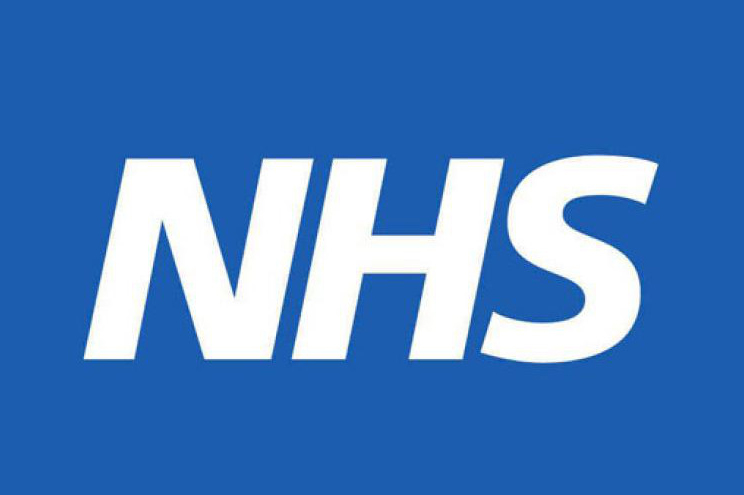Professor Tamara Hervey and co-author Mark Dayan say the proposed legislation is not the way to make effective policy decisions ‘to deliver the NHS that the UK wants’.
By City Press Office (City Press Office), Published
By The City Law School’s Jean Monnet Professor of EU Law, Professor Tamara Hervey and the Nuffield Trust’s Policy Analyst and Head of Public Affairs, Mark Dayan
Originally published on the Nuffield Trust Blog
Some of the most significant challenges for the NHS and health from Brexit flow from the threat of chaotic, abrupt or poorly planned changes to domestic law, regulation or administrative practice. The Retained EU Law (Revocation and Reform) Bill currently before the House of Lords appears to promise exactly this, and the magnitude of the unexpected problems it may create for health in the UK is difficult even to assess.
In order to secure continuity, stability and regulatory predictability, the European Union (Withdrawal) Act 2018 creates the concept of ‘retained EU law’. The basic idea is that this body of UK law inherited from the time of EU membership will remain in place until parliament or a devolved UK government decide whether to keep, amend, or remove it.
Everything must go
The Bill undoes that settlement. Instead, as currently drafted it provides a sunset clause, by which most ‘retained EU law’ ceases to be part of UK law by virtue of the EU (Withdrawal) Act 2018 on 31 December 2023 – just nine months away.
The draft legislation has reportedly been pulled from its next appearance date in the House of Lords after multiple concerns were raised by peers, businesses, charities and other groups. Their worry that it poses a threat to good governance is well founded.
What ‘counts’ as ‘retained EU law’ has not been definitively determined. The government stated that the list found in its ‘Retained EU Law Public Dashboard’ is intended to be an ‘authoritative catalogue’, but the credibility of this assertion was damaged by the discovery of at least another 1,400 pieces of legislation in addition to the original 2,417. The Law Society in February this year repeated its call for the government to publish a legally robust list.

The organisation of the ‘dashboard’ (by government departments) does not make it at all easy to determine what the effects of the Bill might be on the NHS and health. There are only 137 pieces of legislation marked as being associated with the Department for Health and Social Care. Some cover aspects of regulation of medicines or medical devices: here Great Britain has already departed from EU law de facto, because EU law has changed since the end of the transition period.
But we need to look more widely: the elements of retained EU law that protect NHS and social care workers are at least as significant as those concerning medicines, devices and equipment regulation, or food safety. These are both EU law on health and safety at work, such as working time and the right to paid holiday, but also, given that more than three-quarters of NHS workers and more than four-fifths of social care workers are women, EU law that protects rights for women in the workplace such as parental leave.
Sharp practices
Let’s consider a piece of EU legislation, which became ‘retained EU law’ on 1 January 2021, with specific application in the NHS and social care sector. The ‘Sharps Directive’ obliges member states to ensure that measures are taken to prevent the risk of injuries and infections from medical needles and similar equipment in hospital and health care settings, through conducting risk assessments, and then following through on their recommendations. There are also training obligations, and a duty to report accidents.
That compliance obligation on the UK as an EU member was fulfilled through some 24 different pieces of domestic law. Some are Acts of Parliament (which are not covered by the Bill’s sunset clause), many are national regulations, some are ‘soft law or guidance’. Some apply only in Northern Ireland. Together, they make a package that represents the regulatory settlement that balances the risk to health care workers with the need to use ‘sharps’ to diagnose and treat patients.
It may be that the settlement that was right for the EU as a whole is not, in fact, right for the UK, or for Great Britain, or Northern Ireland. But in order to determine that in such a sensitive area, we would need a national discussion, based on data and reasoned arguments, involving all stakeholders, and with parliamentary oversight.
A process through which potentially large swathes of the legislation protecting workers in the way envisaged by the ‘Sharps’ Directive are simply removed overnight on 31 December this year is woefully sub-optimal.
Left unsupervised
As many peers have been pointing out in ongoing debates, the Bill is problematic for the NHS and health because of its now extremely well-rehearsed deficiencies in terms of procedure, scrutiny, and stakeholder involvement.
For example, the Regulatory Policy Committee’s critical report notes a profound departure from usual UK government measures of good practice, which would require an impact assessment of every single one of the (then presumed) 2,400 provisions of retained EU law before bringing forward a Bill that by default would abolish them. Reports in The Times suggest that the government itself is considering extending the sunset date in the legislation for fear of “mistakes” as civil servants hurry through the vast list of legislation to be changed or retained.
The Law Society and the Hansard Society are among many raising concerns that the sidelining of parliament inherent in the Bill’s sunset clause in effect removes all prospect of normal and proper parliamentary scrutiny. This might have been justifiable when the ‘Article 50 clock’ was running: there is no clear justification for the tight timeline now. Several amendments to extend the period of scrutiny and to require impact assessments and reviews have been tabled in the House of Lords.
Transparency and clarity is also lacking even where legislation is noted in the dashboard, as the information presented obfuscates whether changes have been made. Take another health example: the Infant Formula and Follow-on Formula (England) Regulations 2007. These show on the dashboard spreadsheet as ‘repealed’, but actually they were replaced by retained Commission Delegated Regulation 2016/127, which shows as ‘amended’. Furthermore, closer examination shows that the only thing that is amended is the date for the provisions coming into effect. The substance of the law remains intact.
If the current unofficial pause in the Bill’s progress really does represent a willingness to rethink its measures, there are several ways to step back from the precipice of sudden, poorly planned, unscrutinised changes – or from the grind of wasting civil servants’ time reiterating the status quo.
The government has already amended the Bill to remove its effect on financial services regulation, recognising that this needs to be addressed separately through a fully scrutinised separate Bill following proposals and a consultation. It is not clear why the same logic does not apply to large areas of health policy. Delays to the deadline, more scrutiny and controls, and greater transparency and research about the breadth of the impacts would all help to some extent.
Given the lack of any articulated reason or examples for the need to remove large numbers of retained EU laws, it is unclear from the standpoint of health at least why the legislation is needed at all.
Regulation that affects health and the NHS deserves proper process, scrutiny and sufficient transparency for stakeholder involvement. Outside the EU, the UK could make effective policy decisions to deliver the NHS that its population wants. The Retained EU Law Bill is not the way to do this.
